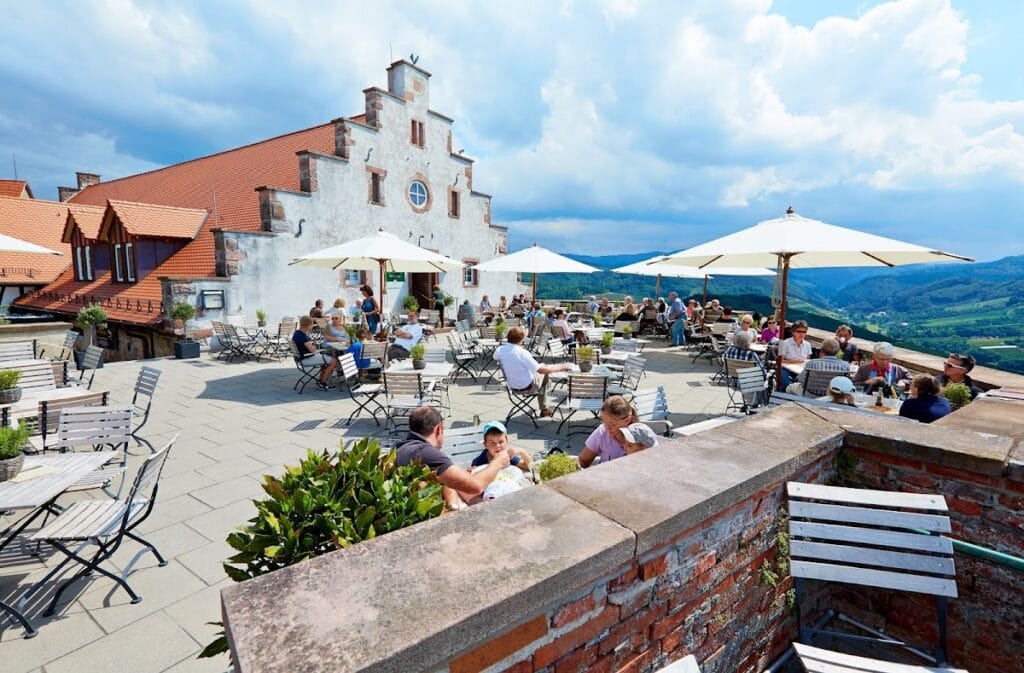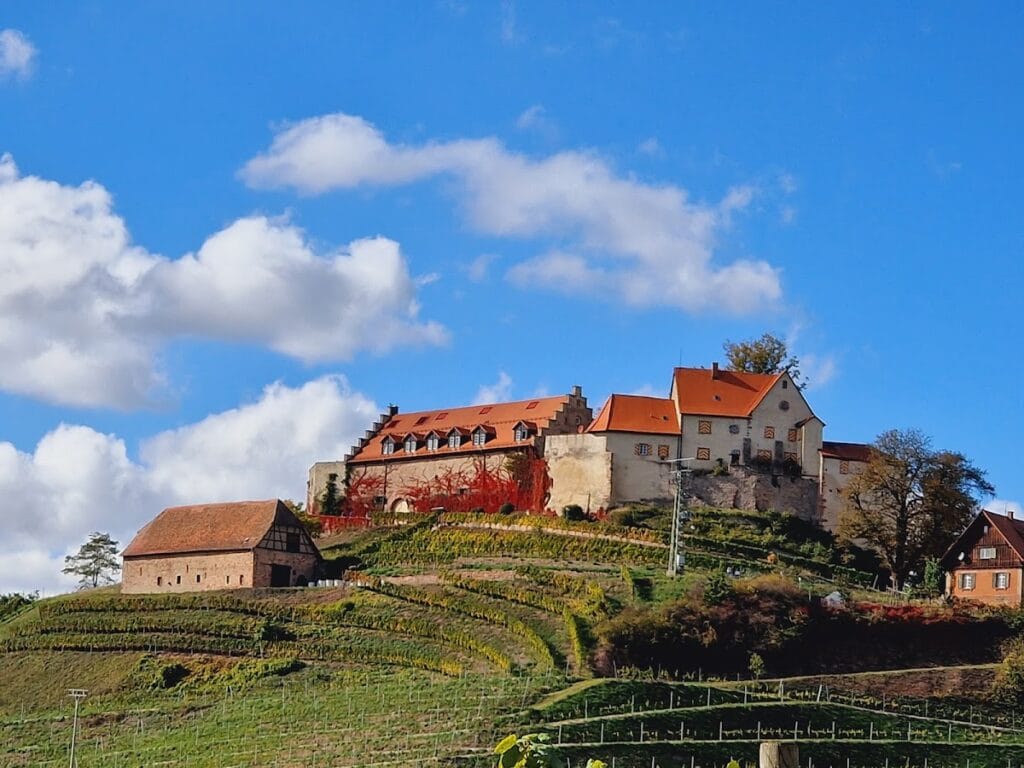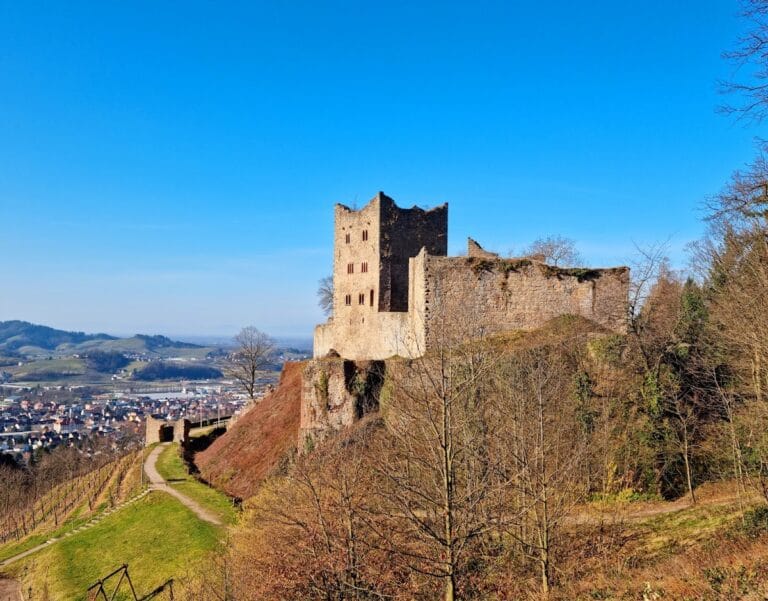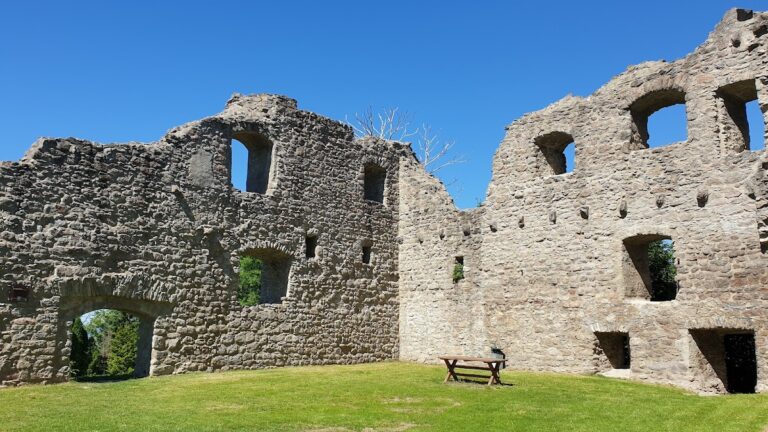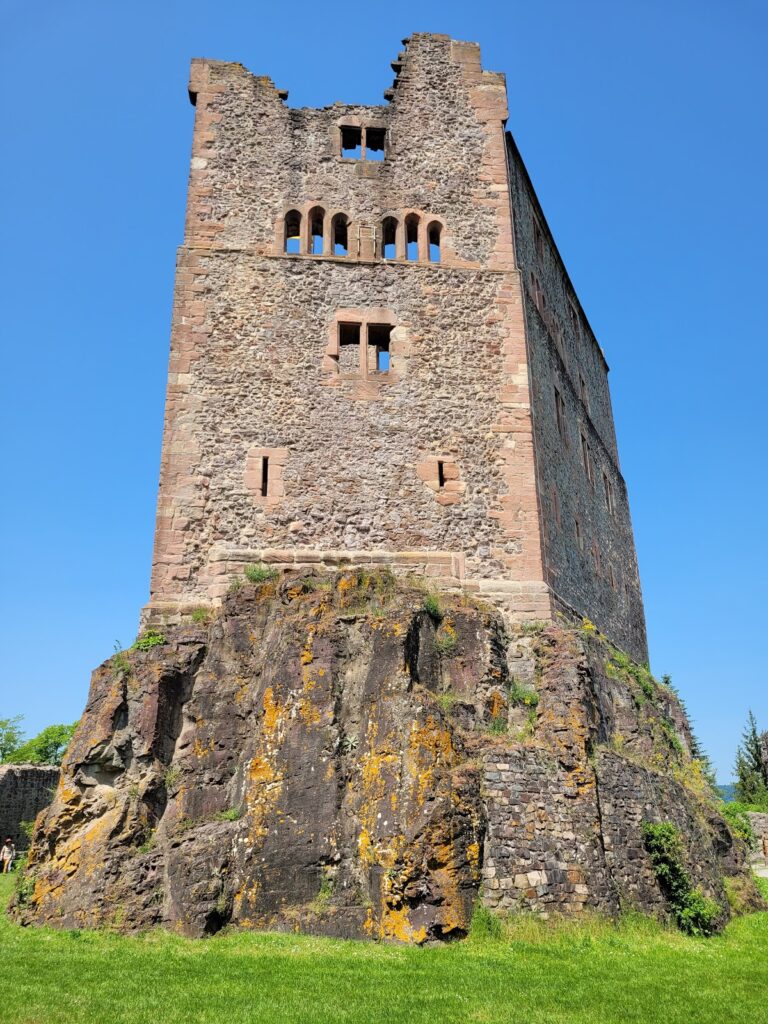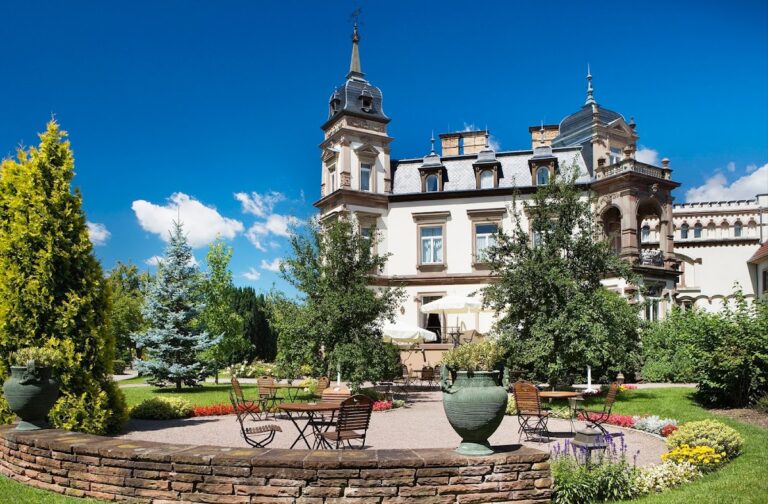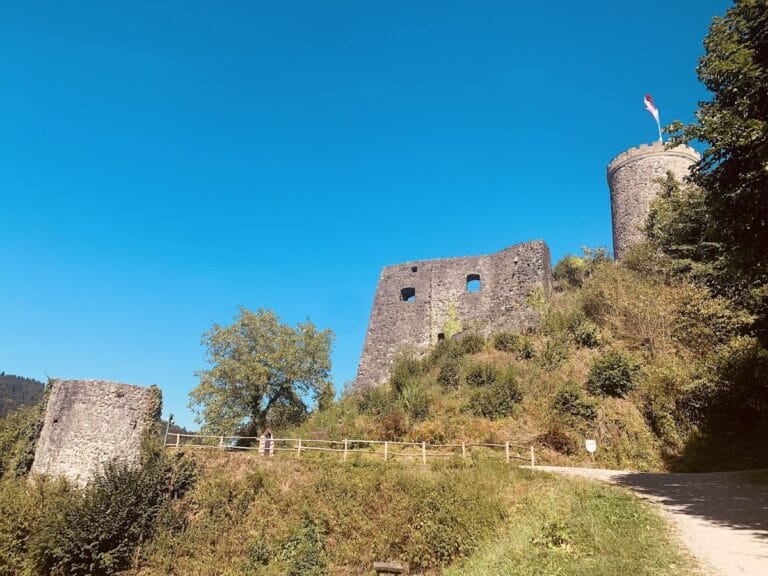Burg Staufenberg: A Medieval Castle in Durbach, Germany
Visitor Information
Google Rating: 4.5
Popularity: Medium
Google Maps: View on Google Maps
Official Website: www.schloss-staufenberg.de
Country: Germany
Civilization: Medieval European
Remains: Military
History
Burg Staufenberg is a hilltop castle located above the Staufenberg district of Durbach, Germany. It was constructed during the Middle Ages by regional nobles whose identities are linked to local records from the 12th century.
The origins of the castle date back to at least the 11th or 12th century, though no original structures from that era remain. Historical documents mention the lords or counts of Staufenberg between 1132 and 1188 in association with religious foundations nearby. It is also possible that ministerial servants serving the Dukes of Zähringen, who appear in records after 1148, were responsible for building the castle. Following the death of the Zähringen line in 1218, ownership passed through several noble families, including the counts of Urach-Freiburg and later the Eberstein family. By 1366, control of the castle was assumed by the Margraves of Baden.
Throughout its history, Burg Staufenberg sometimes functioned as a Ganerbenburg, a type of jointly held castle where multiple noble families shared residence. During the turbulence of the Thirty Years’ War in the 17th century, the castle suffered damage and was later plundered in 1689 by French forces.
In the late 17th century, the property changed hands when the Margrave of Baden granted the castle and its surrounding lordship as a fief to Johann Christoph von Greiffen, a court marshal recently elevated to baronial status by the Emperor. The Margrave later reacquired Burg Staufenberg in 1693. In the 19th century, starting from 1832, the castle underwent a remodeling that transformed much of the medieval structure into a Romantic-style palace. Since then, it has remained in private hands, used by the family of Baden as a wine estate known as the Margravial Baden Wine Estate.
Remains
The castle complex occupies a rocky promontory rising about 383 meters above sea level, with its main defensive position situated approximately 10 meters above a dry moat that now functions as a parking area. The elevation and rocky base provided a strong natural defense, typical for a hill castle of its period.
At the heart of the site lies the palas, or main residential building, which also incorporates parts of a bergfried—the tall tower commonly used in medieval castles as a last refuge or observation point. This oldest section reflects the castle’s medieval origins, although its fabric has undergone changes over time. The bergfried elements embedded in the palas highlight the defensive purpose that shaped the initial construction.
To the west, visitors can find a platform currently used as a terrace, which is accessed through the castle tavern known as the Burgschenke. Though details about specific interior features, decorative elements, or inscriptions are not documented, the adaptation of spaces such as this western area demonstrates changing uses of the structure over the centuries.
Overall, the remains of Burg Staufenberg present a layered historical footprint, combining medieval fortification elements with later modifications. The absence of archaeological finds like inscribed stones or artifacts such as tools and pottery limits detailed interpretation, but the standing features clearly mark the castle’s evolution from a medieval fortress to a noble residence integrated into the cultural landscape of the region.
